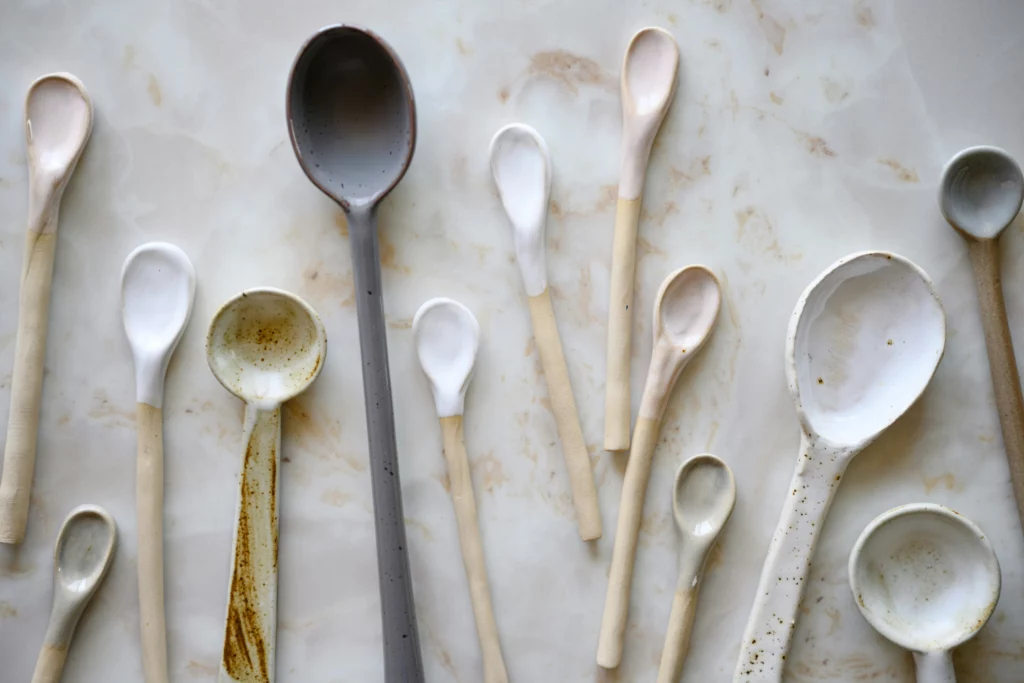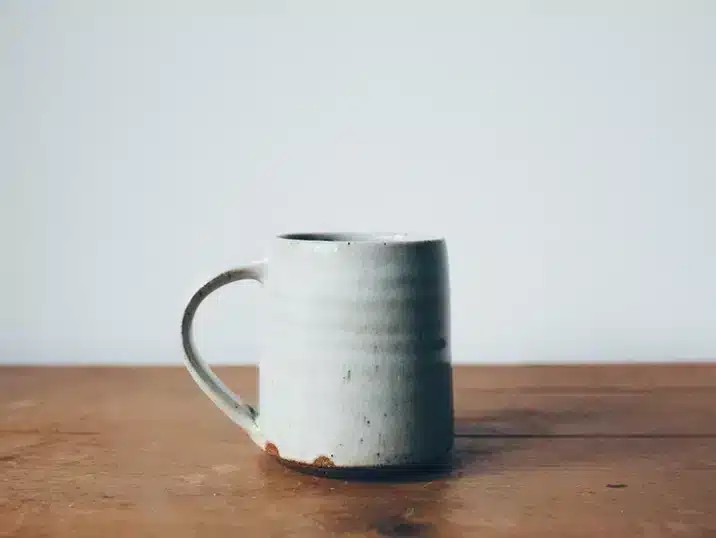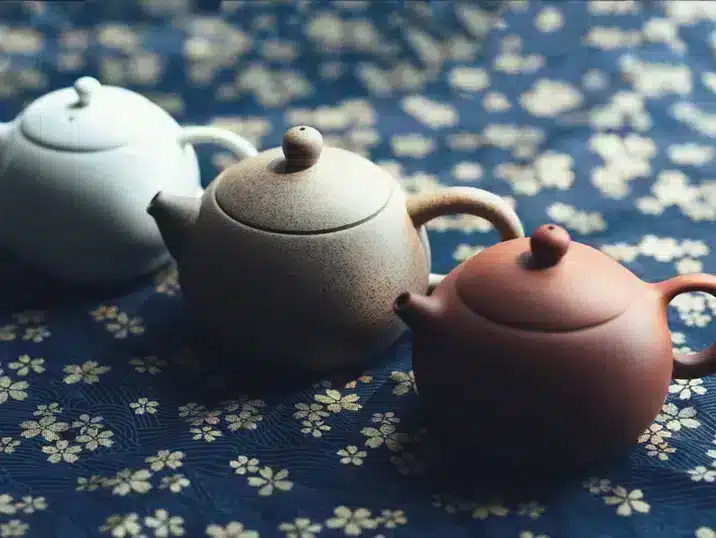Want to take your ceramics to the next level? Then it’s time to invest in professional-grade tools that will improve your precision and efficiency. Tungsten carbide trimming tools are the absolute best for ceramists. Tungsten carbide is hard, durable and wear-resistant, which is what we want from our tools, right?
What is tungsten carbide?
Tungsten carbide, or tungsten carbide, is the second hardest material in the world, almost as hard as diamond. It is not a metal, but an alloy formed from a combination of tungsten and carbon. Its unique properties make it highly corrosion-resistant, very hard-wearing and extremely sharp, making it an excellent choice for trimming. Trimming loops and other tools made of tungsten carbide have virtually no wear, making trimming smooth and efficient.
Advantages of tungsten carbide trimming tools
To efficiently and comfortably trim your clay pieces, the choice of tool is crucial. Tungsten carbide trimming tools offer the following advantages:
- Extremely heard-wearing: the cutting edges stay sharp for years, ensuring consistent and precise movements.
- Exceptional sharpness: This ensures smooth and efficient trimming, making it a pleasure to use.
- Minimal vibration: The high-density material reduces vibration, resulting in a smoother finish.
- Durability: These tools last a particularly long time compared to other materials.

Care and maintenance
Although tungsten carbide is extremely hard, it is also very brittle. Therefore, it must be treated with care:
- Avoid bumping and dropping: The tools may break if they are hit too hard.
- Store them correctly: Always put them in a safe place to prevent them from accidentally falling off your potter’s wheel.
- Clean after use: Use a soft brush to remove clay residue and prevent wear.
- Sharpen as needed: After years of intensive use, you can sharpen the tools with a diamond file.
Techniques for using tungsten carbide trimming tools
Tungsten carbide trimming tools are extremely sharp, so it may take you a while to get used to them, especially if you don’t have much experience. Here are some general tips:
- Use leather-hard clay: Clay that is too wet does not work well with sharp tools and can cause ‘chattering’ – small caps in the clay that give texture to the surface.
- Hold the tool firmly: Use a stable grip to maintain control of the tool.
- Adjust the speed: Don’t throw too fast if you are still learning. Reduce the speed if you lose control to avoid chattering.
- Keep your hands steady: If possible, use the fingers of your other hand to steady and control your tool.
- Work at the right angle: An angle of about 45° is ideal. If trimming is proves difficult, adjust the angle of the tool relative to the clay to achieve a smoother cut.
Tungsten carbide turning tools are an excellent choice for working with clay thanks to their exceptional sharpness and resistance to wear and tear. With the right techniques and careful maintenance, these tools will last a lifetime. Treat them with care and they will consistently produce beautiful results. Browse the tungsten carbide tools in our range here.






